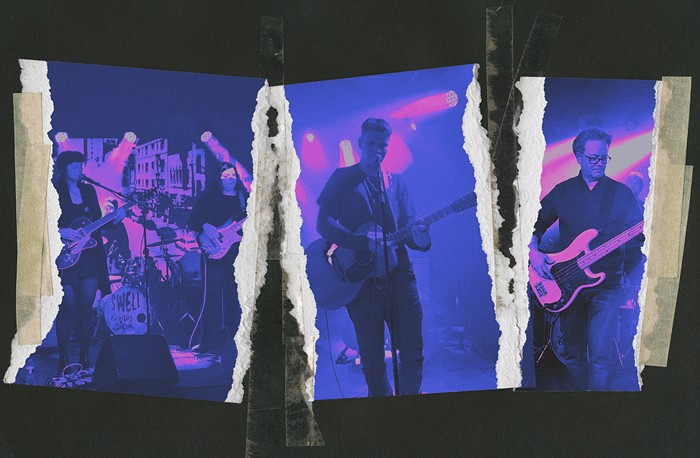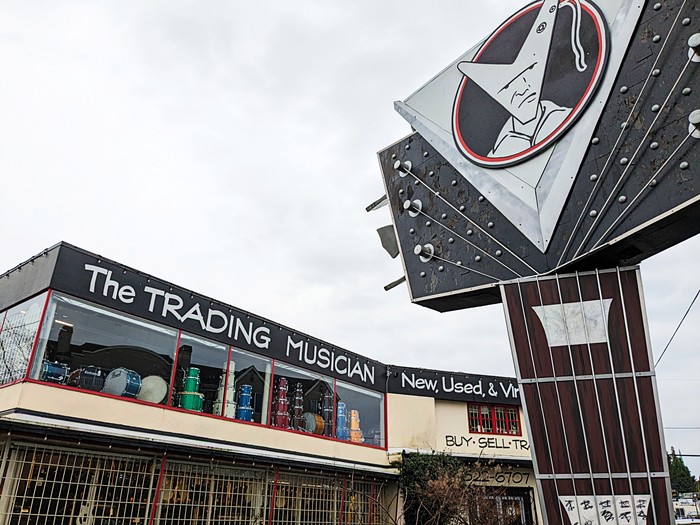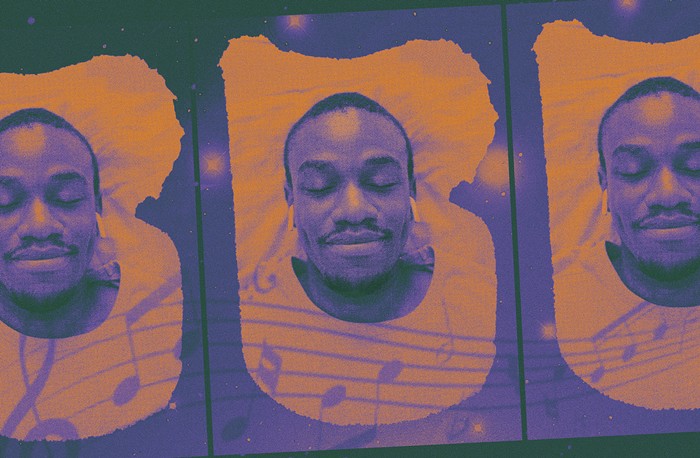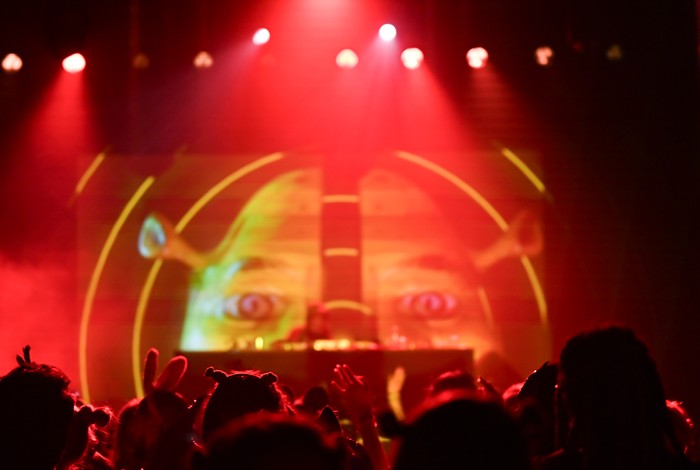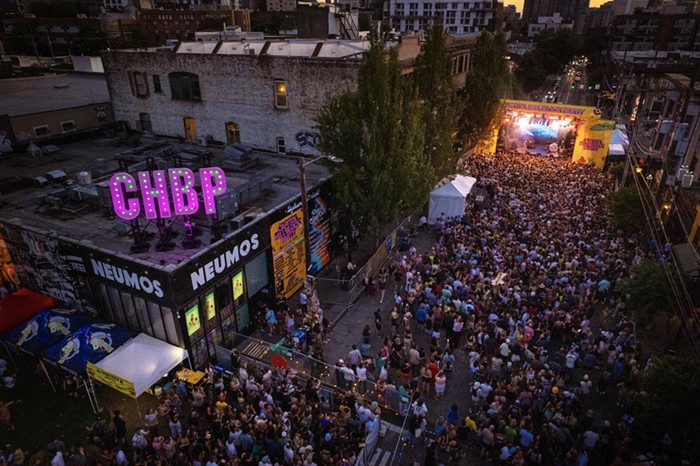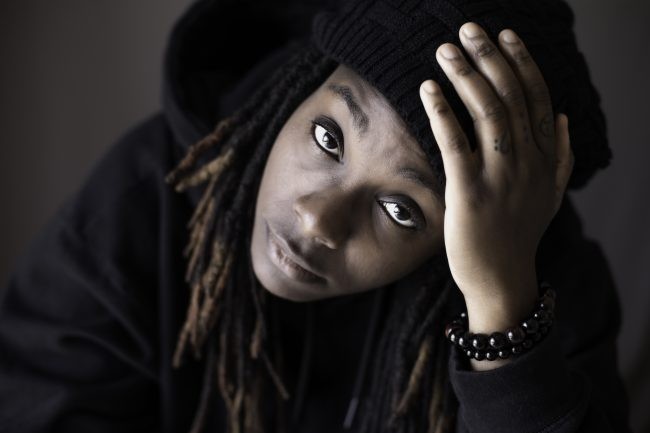The great poet Ezra Pound (1885–1972) espoused profoundly impolitic views: He supported the Axis during World War II, railed against "the Jews," and declaimed the evils of central banking. But Pound was also a composer; he marveled at Igor Stravinsky's Capriccio for Piano and Orchestra, astutely declaring that "piano and orchestra are as two shells of a walnut." Composed in 1929, Capriccio is closer to Rhapsody in Blue than the stereotypical piano concerto: Instead of resorting to a Beethovenian battle—which could be touted as "Piano Versus Orchestra! One Night Only!"—or the syrupy seduction oozing through concertos by Tchaikovsky and Rachmaninoff, the Capriccio's piano and orchestra dance as one. Even if Gershwin hadn't concocted Rhapsody in 1924, the buoyant Capriccio conjures enough hand-waving, hoofing Broadway razzmatazz to embody the Roaring Twenties all by itself.
Choreographer George Balanchine thought so, too, rechristening the Capriccio as Rubies. Blending classical ballet and the Hollywood production number, Balanchine embeds a high-stepping pas de deux in the jaunty opening Presto. The corps de ballet frolics, too, in faceted symmetries (oceans of waving arms, ranks of angled limbs, hoisted thighs that threaten to kick into the cancan) that pay homage to Balanchine's former employer, movie director Busby Berkeley. Pacific Northwest Ballet presents Rubies (Thurs–Sun Jan 29–Feb 1 and Thurs–Sat Feb 5–7, McCaw Hall, 441-2424, see pnb.org for times, $25–$155) and the other two parts of Balanchine's Jewels trilogy: Emeralds (with music by Fauré) and the regal Diamonds (set to Tchaikovsky's Symphony No. 3).
Remember Al Di Meola? His frenetic "Race with the Devil on a Spanish Highway" inspired and frustrated countless guitarists in the 1970s. Di Meola, whose fleet fingers propelled the fusion outfit Return to Forever, returns to Seattle (Thurs–Sat Jan 29–Jan 31 at 7:30 and 9:30 pm, Sun Feb 1 at 7:30 pm, Jazz Alley, 441-9729, $28.50) with his World Sinfonia. Accompanied by guitarist Peo Alfonsi, Fausto Beccalossi on accordion, and two percussionists, Di Meola has a mellower, acoustic sound that infuses his flamenco-tinged playing with the slinkier feel of Argentine tango.
For thunderous rhythms, check out the Kodo Drummers (Fri–Sat Jan 30–31, Meany Hall, UW Campus, 543-4880, 8 pm, $20–$40), a must-see for anyone who loves barrages of big, booming drums. Used in battle centuries ago to intimidate the enemy, taiko drums—think of barrels turned on their sides and battered with sticks as thick as broom handles—whip up an unforgettable ruckus.
Lastly, clarinetist Jesse Canterbury, who was part of the superb quartet Cipher at the Is That Jazz? festival earlier this month, serves up an evening of compositions and improvisations with two fellow clarinetists, his mentor William O. Smith and New York–based reedman Michael McGinnis (Sat Jan 31, Gallery 1412, 8 pm, donation requested). At 82, Smith continues to expand the clarinet's sonic palette, playing multiple notes simultaneously and transforming chirps, croaks, and other surprising tones into music. Bassist/composer Brian Cobb and percussionist Greg Campbell round out the rhythm section, though plan to hear duos, trios, and weblike polyphony from everyone. ![]()
